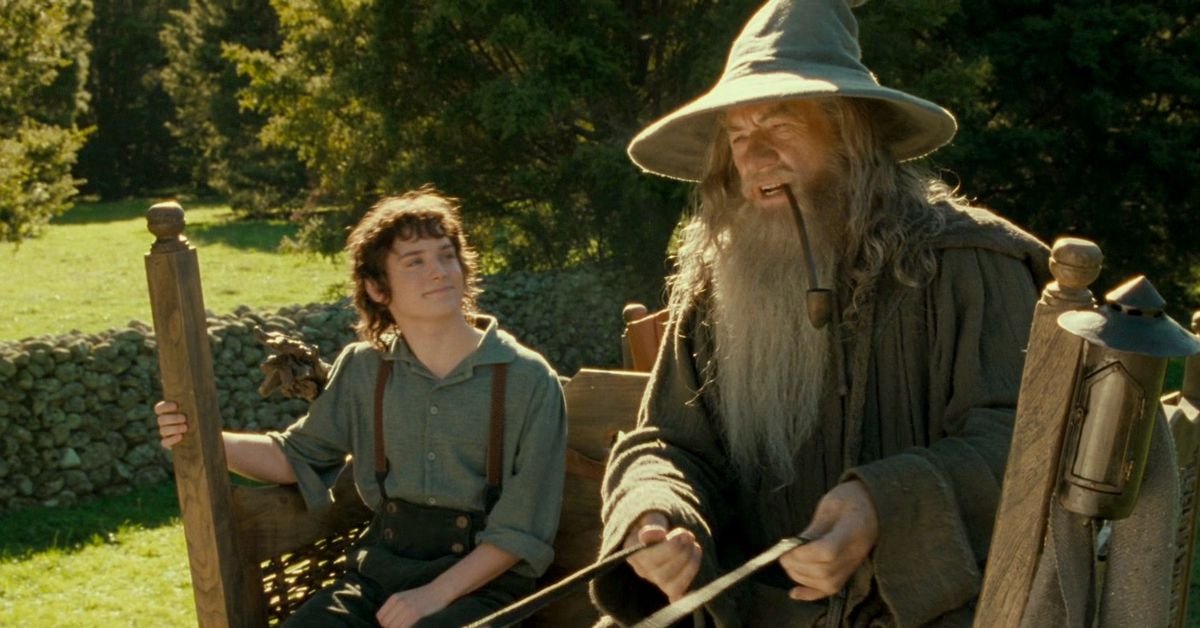20 years ago, HARRY POTTER and LOTR changed culture
by Whitley Albury, Staff Writer
The year 2001 was a wild one, to put it lightly, on both an international level as well as on a personal level. But one thing that everyone collectively agreed on was that we all needed some cinematic escapism.
Enter two high-fantasy juggernauts: the release of Harry Potter and the Sorcerer's Stone and Lord of the Rings: Fellowship of the Ring. For us somewhat-weird kids, the release of both films is what set us on our paths. I can’t think of a single creative person I know who wouldn’t list either film as a source of inspiration.
Harry Potter’s path is one that could have easily flopped, like many successors have. Part of the reason is, well, marketing. But I think a bigger part of why the first film was so successful was because there was an entire generation of traumatized kids who just really wanted to see the magic we’d read about for years. Was I one of the audience members pointing out inaccuracies the whole time? Of course I was, I was an insufferable ten-year-old who hyperfixated on those books and characters. But I was also hooked, because here were my somewhat-imaginary friends, saving the day and beating Professor Quirrell. We all wanted to go to Hogwarts, go to our Houses (still upset about Ravenclaw and Hufflepuff erasure), and have a happy Christmas with a nice Weasley sweater. If we got the animated film that was originally pitched, I think we would be living in a very different world, culturally speaking. The following seven films would’ve been designated as “just for kids,” despite the truly dark themes throughout.
If you were a little more knowledgeable on high fantasy, you were more into the release of Fellowship of the Ring, the first part in the Lord of the Rings trilogy. Admittedly, I didn’t get into the series until the following year, when I rented it on VHS to watch over and over at my grandparents’ house over winter break. But again, we were transported to The Shire, where it felt like nothing too terrible could ever happen. The book series had been finished for 46 years, so there wasn’t anything that could be “spoiled,” per se. But it was still this series that had a whole world connected to it. Who didn’t gasp at the beauty of Rivendell? Who didn’t feel teary at “Fly, you fools”? Fellowship was a bit of a redo, since the original animated versions film had a small cult following, but it was definitely small. But Peter Jackson’s vision was so totally realized, and I can’t imagine any other version of Middle Earth. Even re-reading the books, I can hear Sean Astin as Samwise Gamgee.
Interestingly enough, both films were pitched in 1997, just on opposite ends of the globe. And they’ve both managed to start holiday marathons on cable television, to where you’re just begging for a small break from men with big, sad, blue eyes. But both films managed to jumpstart a culture shift, as well as proving that fantasy can win big at both the box office and the awards ceremonies.
After the success of Sorcerer’s Stone, children’s books were being lined up for adaptations. Most of them failed; The Hunger Games was the only other true series to come close to that same level of popularity. We’ve now got a prequel series, a stage sequel that no one really asked for, and not just one but two theme parks thanks to this one movie. The film created its own language, with everyone knowing what a muggle is in the year of our nonsense 2021. While it’s now impossible to separate the art from the artist (we don’t like TERFs here), it’s fair to say that this single film kickstarted an entire generation and our love of magic.
And that’s not to say that Fellowship wasn’t as successful. Just because there’s not a theme park with lembas bread doesn’t mean that it wasn’t influential. Game of Thrones, The Wheel of Time, and so many other high fantasy series would have never made it to a screen without Fellowship paving the way and proving that there is indeed an audience who will sit down and watch a three-hour film. Or more, if you count the extended editions, which I do. People still visit all of the filming locations in New Zealand, they stay in Airbnbs that look like hobbit holes, and make jokes about what our elf eyes see. While The Hobbit films may not have gathered as many accolades as the original films, they still brought in massive crowds. And with a new prequel series slated for Amazon Prime, it’s a safe bet that the original story still resonates with people.
Now that we’re all grown up, it’s okay to spike the butterbeer, throw on some elf ears, and tuck in for a comfort-film winter.


